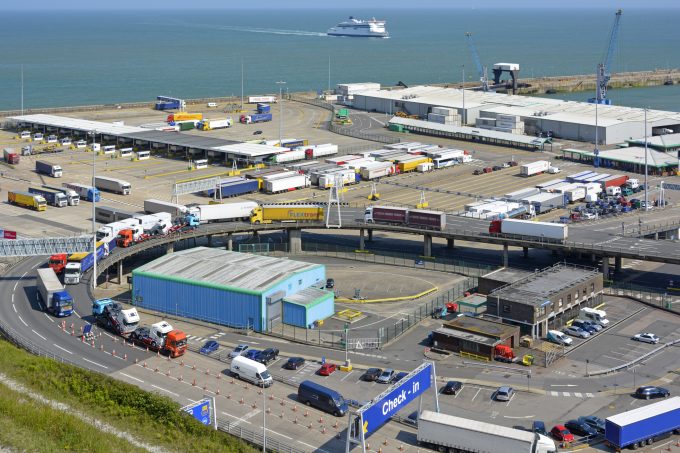UK-EU trade 'reset' could be on the cards if France uses its 'clout'
A bilateral agreement between the UK and France could offer Britain its best opportunity for ...

One transport sector likely to feel the shock of Brexit most heavily will be the ferry business between the UK and the continent and the UK and Ireland.
If an existential threat to shipping emerges, you can almost guarantee that ferries will be in the vanguard at the point of impact.
In recent times the sector has somehow managed to survive the successive threats of the Channel Tunnel; low-cost airlines; the abolishing of duty free; and the introduction of low-sulphur fuel regulations – all have put ...
Maersk Air Cargo sees volumes fall as it aims for 'margin in favour of revenue'
Keep our news independent, by supporting The Loadstar
Container spot rates diverge: to Europe still falling, but firmer to the US
Hapag-Lloyd won't take bookings if port congestion leaves cargo stranded
Ecommerce likely the front-runner in resurge of transpacific trade after deal
Airfreight players eye new routes as demand on the transpacific nosedives
China-US trade tariff pause could drive a rebound for transpacific rates
Service chaos from trade ban with India a problem for Pakistan shippers
Airfreight rates ex-China 'loss-making', but hopes of a trade deal stay high
Indian coastal freight attracts major carriers, but regional tension disrupts
Serious threat to jobs in US logistics as tariffs cause economic 'stagflation'
APMM floats along on 'solid' Q1 profitability in Ocean, well prepared for choppy water


Comment on this article